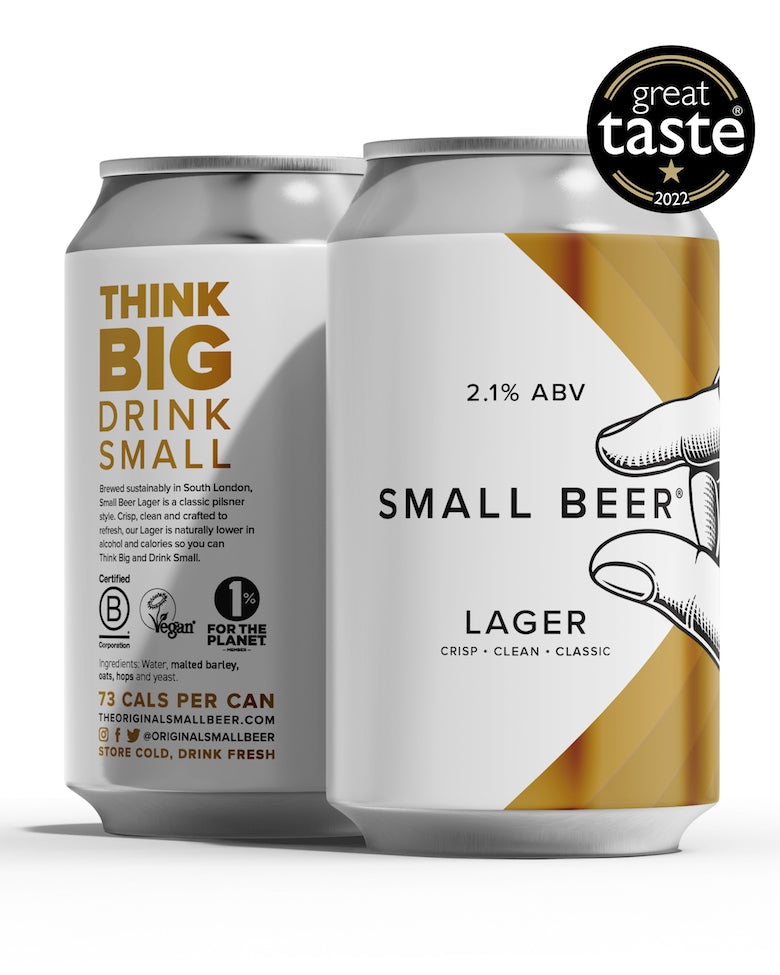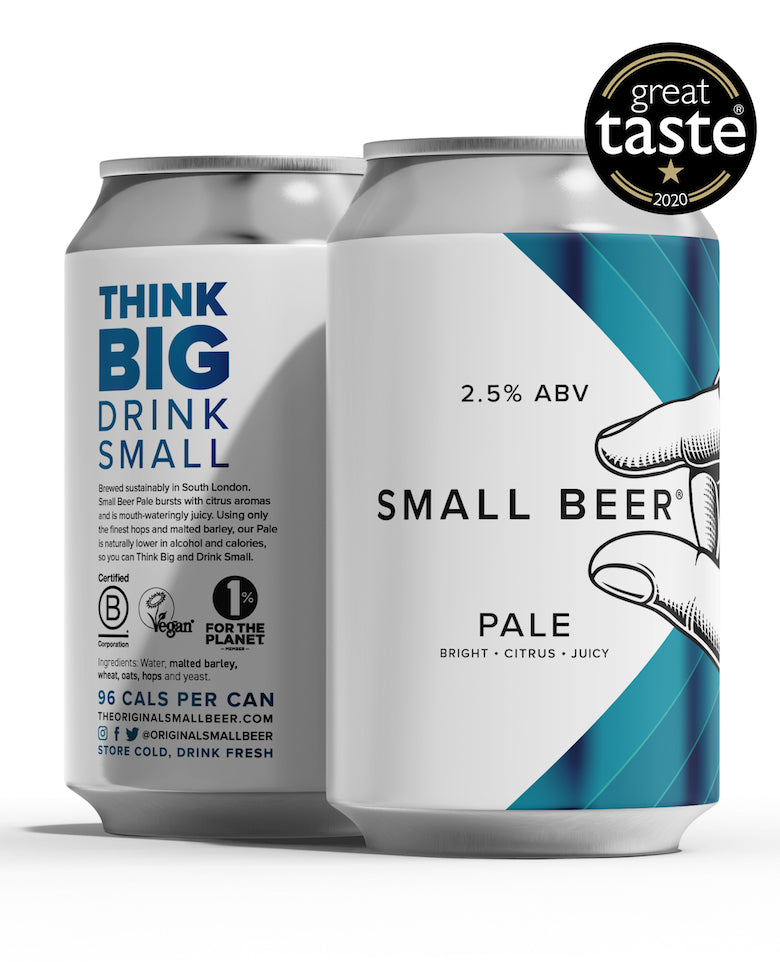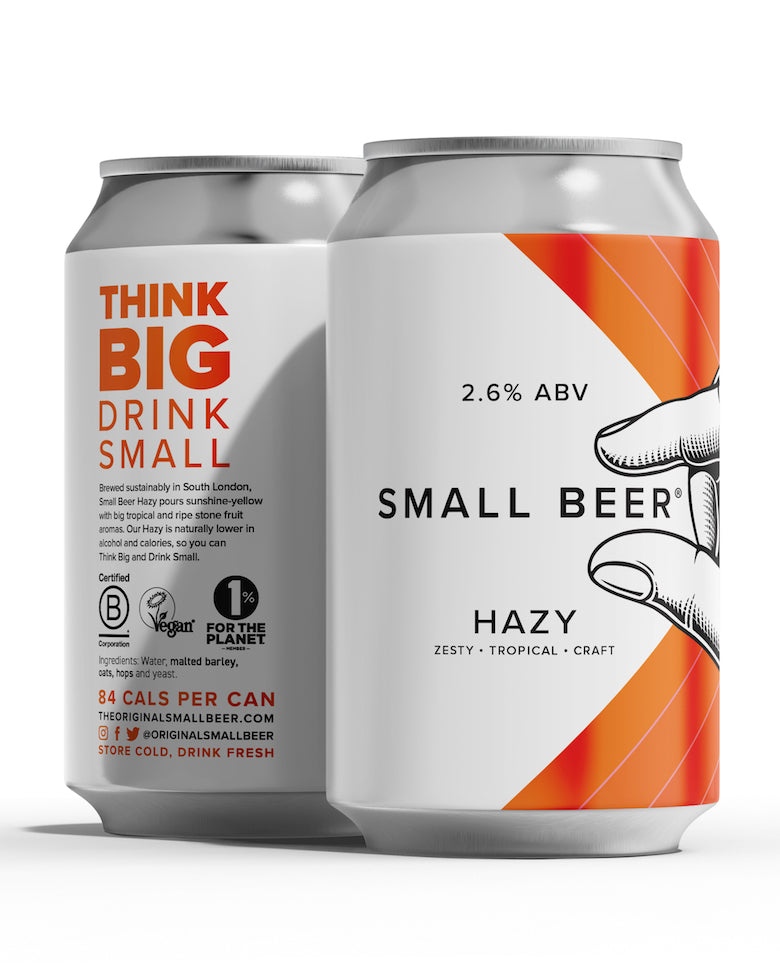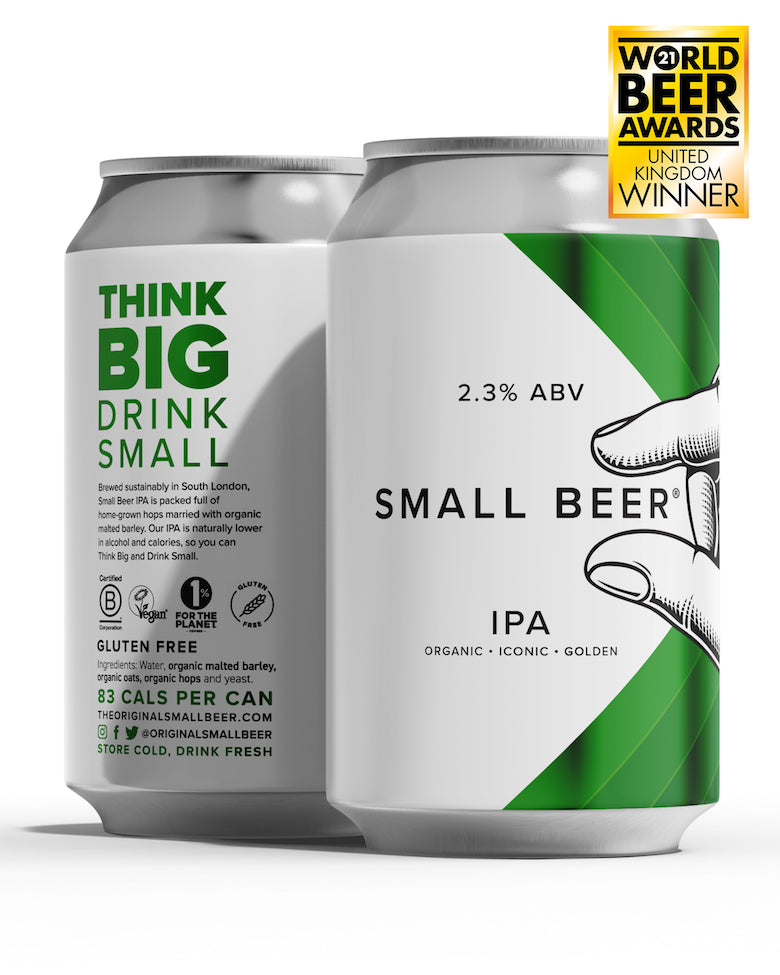For centuries, beer has been brewed with the same four ingredients: water, barley, hops and yeast. So why are there so many styles, flavours and colours of beer?
Most beers can be classified as lagers or ales, but there are hundreds of beer styles recognised globally by groups such as the Brewers Association and the Beer Judge Certification Program (BJCP).
The main difference between lager and ale is determined by yeast: tiny living organisms that eat up the natural sugars in the grain and turn them into alcohol and carbon dioxide in a process known as fermentation.
When brewing beer, the yeast used in lager slowly settles to the bottom of the tank and will only work its magic if the temperature is cool enough. In contrast, ale is brewed with a different type of yeast, which ferments at the top of the tank and prefers warmer conditions.
The difference between lager yeast and ale yeast - and the way these different strains affect fermentation - has a profound effect on the flavour and character of a beer, as we will explain.
OUR LOVE FOR LAGER
Lager is both a labour of love and an expression of brewing in its purest form.
Hold up a pint of lager to the light and it will glow with a golden hue, due to the use of pale malt. There's a crystal clarity that illuminates hundreds of tiny bubbles, which dance around the glass.
The taste is clean and crisp. There might not be the same complexity that you get with ale, but this is what makes lager so refreshing to drink on a warm day.
So why does lager taste so different to ale? The primary reason is that lager yeast ferments at a lower temperatures, which takes longer. Similarly, it takes longer for the flavours to settle out after fermentation has happened. This is a process that brewers call 'conditioning,' but in the context of lager beers, it is literally known as 'lagering,' which translates from the German verb to 'store.'
Before the days of refrigeration, lagers were brewed in winter and stored - or lagered - in cool caves that were filled with ice from nearby lakes and rivers. Nowadays, we condition Small Beer Lager in cold tanks for a minimum of six weeks, so that it develops a flavour that's both sparkingly clean and beautifully balanced. This careful conditioning process is known as 'long lagering.'
WATCH NOW: The Art of Lagering
In the past, we have also brewed a dark lager beer: this is brewed in the same way as a pale lager, but roasted malt give the beer a dark colour and a rich and roasted aroma, like freshly ground coffee.
WHAT MAKES AN ALE?
Ale has a stronger, more complex flavour than lager. It tends to be less sweet, more bitter and it's often darker in colour compared to lager.
Ale yeast ferments at warmer temperatures than lager, which speeds up the process. During this warmer, faster fermentation period, the yeast produces a wider spectrum of flavours, which is why you may be able to taste notes of fruit, caramel or spice in a well-crafted ale.
These yeast flavours - known as esters - are quite different to the fruity or citrusy characters that you get in modern craft ales, which are imparted instead by hops. Although it is the yeast that differentiates an ale from a lager, hops in ale have an even bigger effect on the way it tastes.
In our Small Beer Hazy, there is a pronounced apricot flavour, which is due to a trio of hop varities. Unlike a crystal clear lager, the beer also has a noticeably hazy appearance.
Most beer fans would recognise that ale is a broader church than lager. There are many different beer styles that are brewed with ale yeast, which all conjure very different sensory experiences. Some of these varities include British-style Bitter and Brown Ale, India Pale Ale (IPA), modern American Pale Ale, as well as darker ales like Stout and Porter.
THE BEST OF BOTH WORLDS
The core Small Beer range includes three ales, but we couldn't be prouder of our Lager. In fact, it was the beer that launched Small Beer in 2017. Our co-founder Felix created a recipe that was inspired by classic pilsners. We use a ‘noble hop’ grown in the Czech Republic for aroma together with a British-grown hop for bittering.
As with all our beers, the backbone of our lager comes from a heritage variety of Maris Otter barley, which is malted by hand in the Cotswolds. We think it gives the beer a real character that you can't get from other malts.









